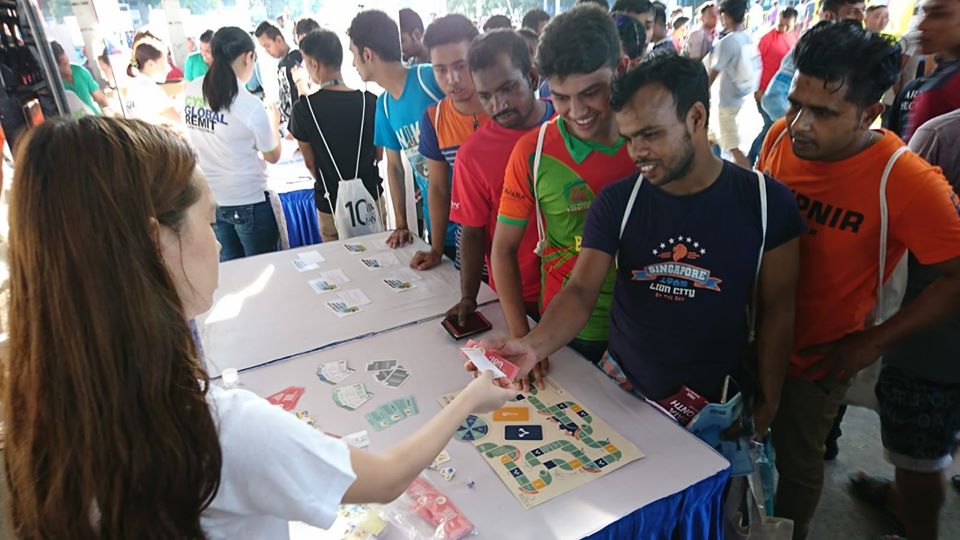Singapore has been receiving much attention for its latest wave of Covid-19 cases —a wave so large that it catapulted the island nation to the top of the list of South-east Asian countries with confirmed infections.
On Sunday (May 3), Singapore has 18,205 Covid-19 cases, with a staggering 85 per cent coming in one sector alone: Foreign workers in dormitories.
At the beginning of the outbreak, Singapore went into overdrive — appointing a multi-ministry task force on the outbreak. It imposed strict contract tracing, travel bans, quarantines, isolations, and other measures to ensure that the disease would not get out of control and overwhelm the country’s health system.
Having learned from the 2003 Sars outbreak, Singapore brought out its playbook (indeed, it’s one of the countries that actually has a playbook concerning infectious diseases) and followed it strictly, making adjustments as needed. And for a while, things were under control, with infections relatively few and far between, and hardly any deaths.
The one stone Singapore left unturned, to borrow a phrase from US writer Ana María Enciso Noguera, was inequality, and the stone developed into a boulder that the Government is now having to chip away at. Noguera wrote this in an article for Los Angeles-based AL DIA news, which focuses on the Latin American experience.
While most Singaporeans were covered by the measures that the Government practised to prevent the spread of Covid-19, many in the dorms proved to be vulnerable.
An article in The Conversation, an independent Australian news website, published on April 30, actually goes a step further and calls the source of the outbreak “the institutionalised neglect of the country’s 300,000-plus migrant workers”.
Misha Ketchell, one of its editors, says that the Government had turned a “blind eye” to the needs of the foreign worker community, and failed to be more prepared for the outbreak among them.
One example he gave of this was when the Government gave out face masks to Singaporeans early in the outbreak, foreign workers were not among the recipients. It was the Temasek Foundation, two months later, that gave away 1.3 million reusable cloth masks and 650,000 surgical masks to these workers and domestic helpers.
Meanwhile, an article in time.com on Wednesday (April 29) quotes the Transient Workers Count Too advocacy group as saying that, while these workers have had essential jobs, they are often unseen members of society.
It said that it has tried for years to get the Government to make changes in the conditions in the dormitories that allowed the spread of Covid-19. As recently as last February, the group issued a warning that the dorms could be a ticking time bomb for infections — and was hardly the only group to do so. /TISG
2 types of foreign workers: While migrants struggle, an expat pays S$10,000 a month for a swim

